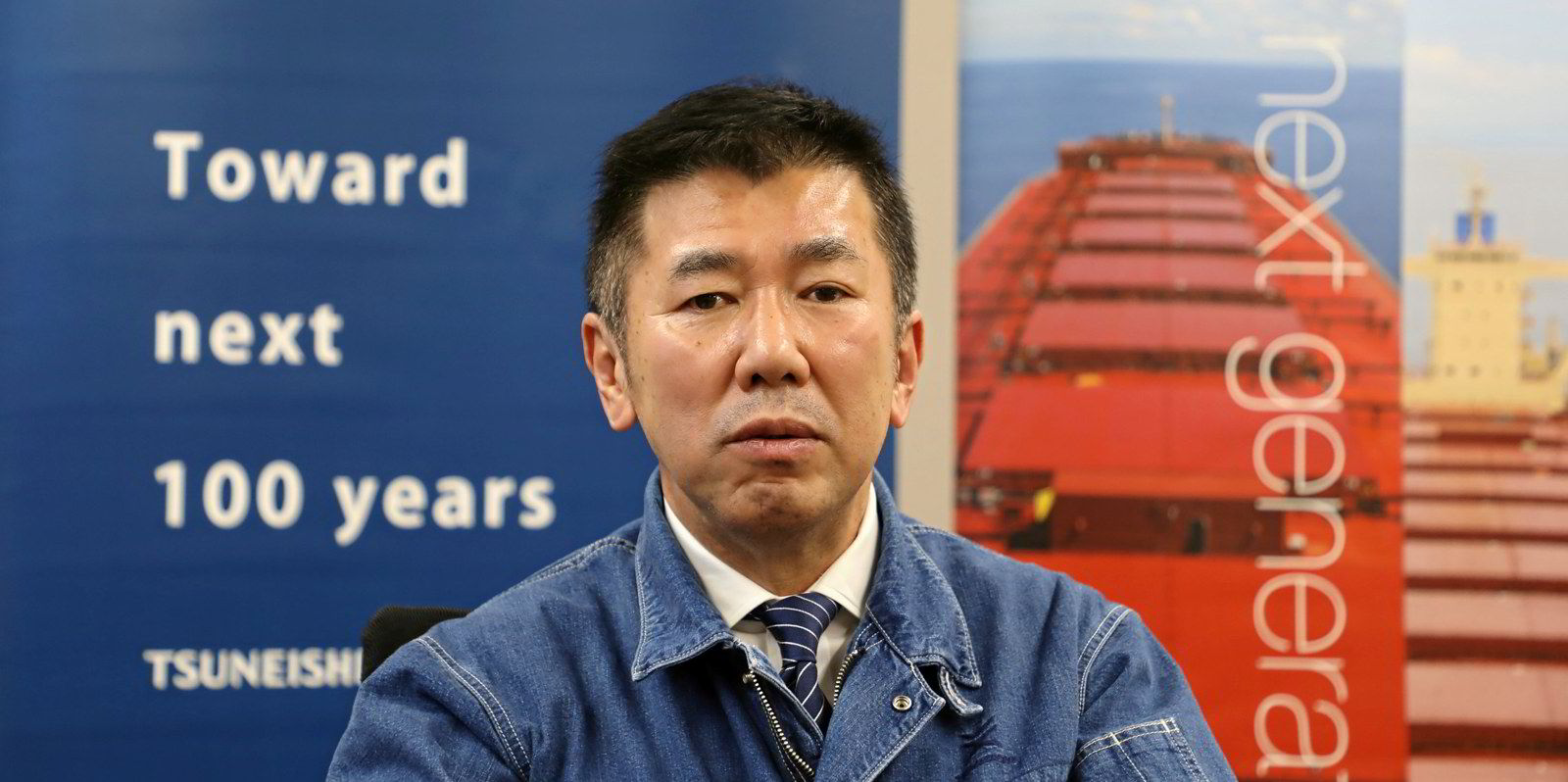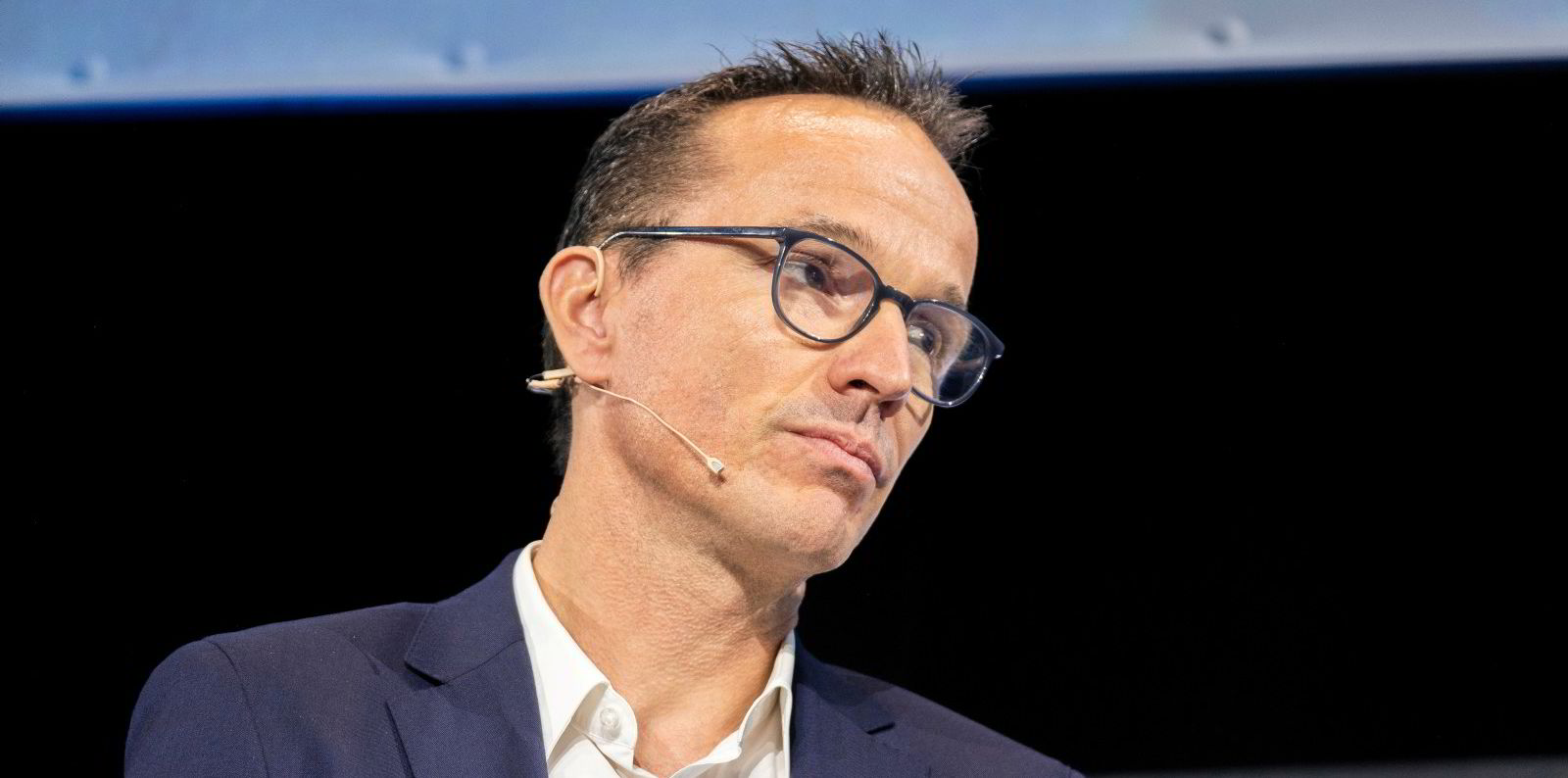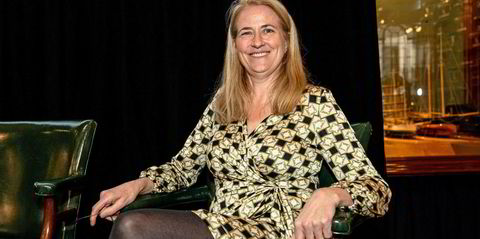Japan’s Tsuneishi Shipbuilding has bagged a further nine contracts for methanol dual-fuelled kamsarmax bulk carriers.
The Hiroshima-based shipbuilder won the world’s first methanol dual-fuelled kamsarmax contract in a double order from trading house Mitsui & Co in January.
That was followed by an order for two ships from J Lauritzen in April.
All four ships are lined up for charters with grain trader Cargill.
The shipbuilder said it has since won further orders and its methanol fuelled kamsarmax orderbook now stands at 13 vessels.
It also picked up an order for a 66,000-dwt methanol dual-fuelled bulk carrier.
It did not name the owners or charterers behind the latest deals.
Tsuneishi’s kamsarmax design is 82,000-dwt and runs on green methanol. The design is estimated to reduce carbon emissions by 15%, as well as dramatically reducing Sox, NOx and particulate matter emissions.
The ships will be delivered between 2024 and 2026.
In a video outlining Tsuneishi’s efforts to decarbonise chief executive Sachio Okumura said: “We build vessels for seaborne commodities to support and uplift people’s lives. And we believe these ships should not be damaging the world we live in. We will keep searching for what we can do to build a better future.”
The additional orders will be viewed as a major step forward to establishing alternative fuel solutions in the dry bulk market.
Tsuneishi has a track record of setting trends in the shipbuilding industry.
Its TESS series of bulkers has become one of the most popular.
It also originated the kamsarmax bulker design that maintained the traditional panamax beam while increasing cargo capacity from 70,000 dwt to 82,000 dwt.
Carbon neutrality
The kamsarmax has now superseded the panamax design and more than 350 have been built and delivered worldwide.
Tsuneishi said it is now committed to achieving carbon neutrality by 2050 and has set a series of intermediary decarbonisation targets.
It has also said it will offset emissions through a 25,000-hectare forest it owns in Paraguay. In addition, it has pledged that it will only build low-emission dual-fuel ships from 2035 onwards.






